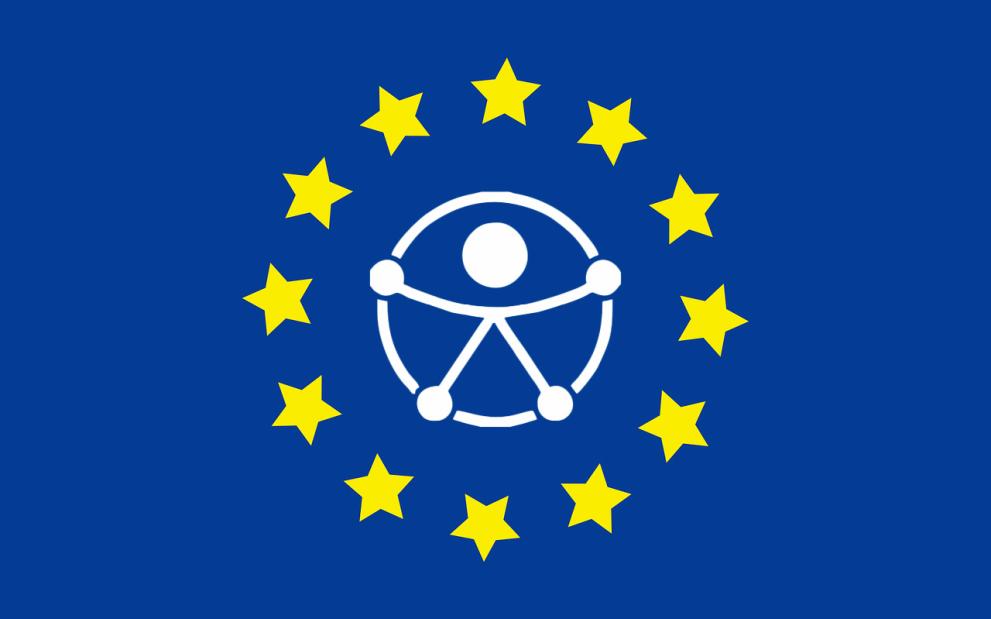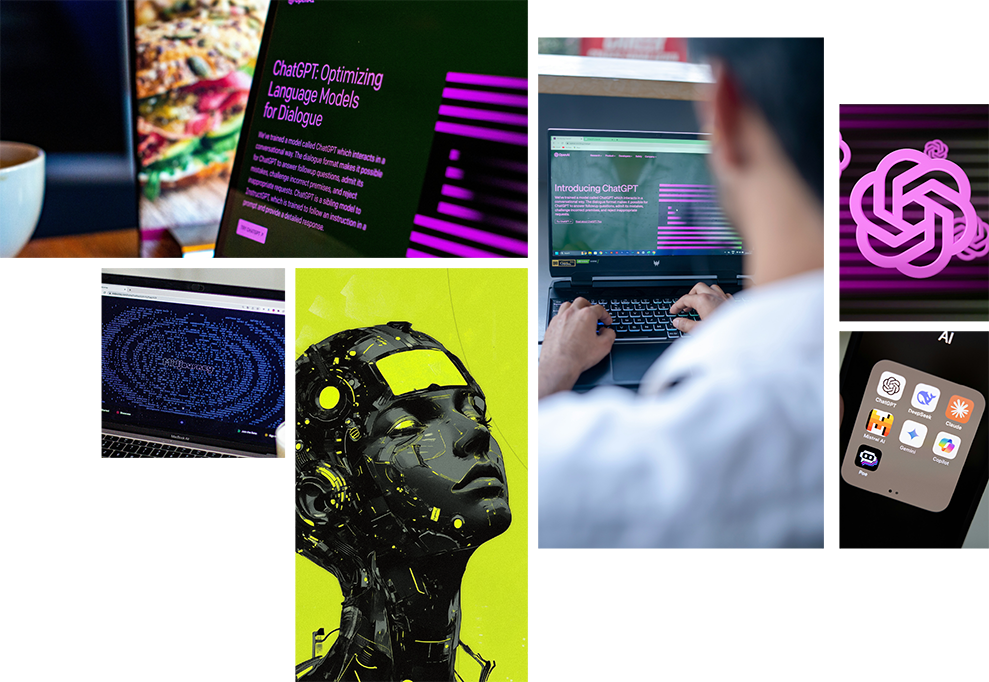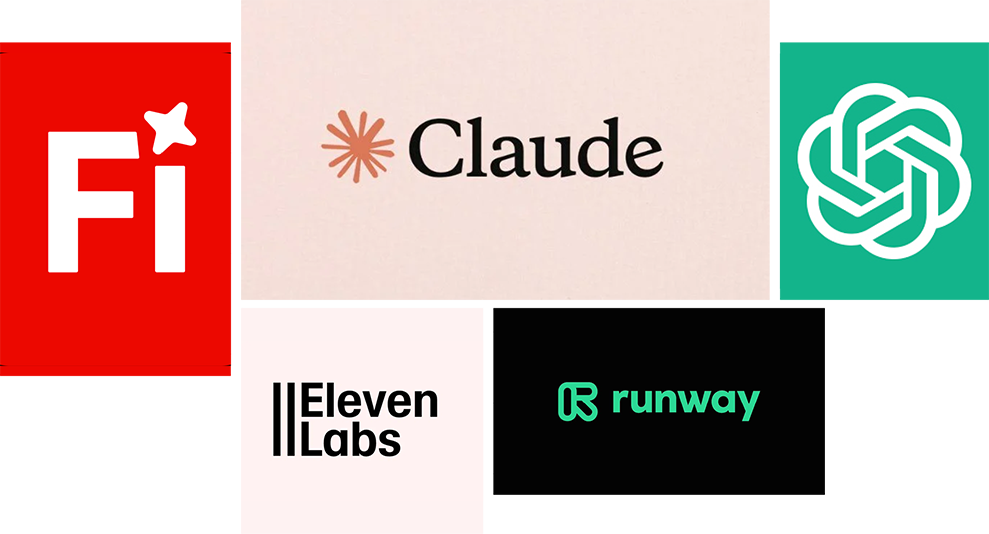
The European Accessibility Act (EAA) will become law in all EU member states on 28 June 2025. This landmark piece of legislation aims to ensure equal access to digital products and services across all 27 countries in the European Union.
The EAA also applies to any organisation that trades with the EU—which includes us here at Outlook Creative.
As a creative agency, we proudly work with a number of clients across Europe. We’re also an organisation that’s committed to inclusivity; we strongly believe that transforming creative into reality—the ‘thing’ we hang our hat on—is only successful if everyone can enjoy our solutions.
So let’s dig a little deeper into what the European Accessibility Act is, why it matters and what we’ve been doing at Outlook Creative to make sure we’re part of a more inclusive future.
The EAA is a directive of the European Union which was initially passed in April 2019. Its purpose is to improve the accessibility of products and services across all Member States by removing barriers created by divergent rules.
The legislation covers areas that have been identified as ‘most important’ to people with disabilities, including computers and operating systems, smartphones, audio-visual media, e-commerce, banking and more.
There are four core principles that underpin the EAA’s accessibility criteria, known as the POUR model (perceivable, operable, understandable and robust).
Organisations have until 28 June 2025 to audit their existing materials and fix any identified issues in order to become compliant.
Put simply, it’s about inclusion. In our increasingly digital world, access to information and services is not a luxury: it’s essential for being able to fully participate in society.
It’s soon to be a legal requirement, but it’s always been an ethical one. Accessible websites and digital tools help make sure that people with visual, auditory, motor or cognitive impairments can move through the world without added barriers.
It’s also about universality. Accessible design practices benefit everyone. Think about the last time you watched a video with subtitles, used a voice assistant or adjusted the font size to make something easier to read. Many of us rely on accessibility features on a daily basis—they make our lives easier. What the EAA does is make improved user experience for everyone a legal requirement. And that can only be a good thing.

Well, first and foremost, we’re not waiting until June. We’ve been busy behind the scenes reviewing, discussing and reviewing again to make sure we’re continuing to deliver accessible solutions for our clients.
Our preparations have taken three main tacks:
Internal training
Natalie from our UI team delivered a super-informative training session to our internal colleagues last autumn. We discussed the EAA, what it means for us at Outlook Creative and key things to look out for when creating accessible digital solutions.
Updates to systems & processes
To hold ourselves accountable, we’ve made an addition to our internal briefing tool. Now, any Seeker returning a piece of work must confirm that their designs comply with European accessibility standards.
Open conversations
Accessibility—digital or otherwise—is our shared responsibility. It’s also an ongoing process. By having conversations with our clients around inclusive design and making it an intrinsic part of how we measure the success of our work, we all contribute to making our world a fairer, more inclusive space.
Here’s to a future of digital design that can be enjoyed by everyone.
Need help getting your materials EAA-ready before June? We’re here to make sure your digital presence is compliant and inclusive. Get in touch and let’s chat.
AI is a daily topic of conversation here at Outlook Creative—and for good reason. With developments moving at breakneck speed, it’s high time we update you on our approach to AI, the immediate benefits you can expect and how we see it shaping our future.
But before we launch in, there’s one important thing to reiterate: Confidentiality comes first. In all our AI explorations, protecting our clients’ information, data and outputs remains our top priority.

As an agency, we’re committed to using the latest and most advanced software, many of which have integrated AI into their latest offerings. All our production teams have access to these tools, and we’re already seeing the benefits in the speed and quality of outputs.
We’re still working on quantifying this in detail, but early data suggest that both cost per asset and the average overall project cost are decreasing.*
There’s a growing list of ‘quick wins’ facilitated by AI. Let’s get into them.
Voiceovers
AI voiceovers have come a long way in recent months. Historically, our view was that they weren’t quite good enough. But now they are, we’re looking at how we can take full advantage to reduce your costs. On average, we’re currently seeing cost reductions of 50–80% when using AI voiceovers—and much shorter lead times.
For the avoidance of doubt, there’s absolutely still a place for human voiceovers. But there’s also now one for AI-generated alternatives, too.
Moving forwards, for all projects requiring a voiceover, we’ll provide you with both options. The decision will always be yours to make.
LinkedIn
We know video posts perform better on LinkedIn—they get 5x more engagement on average. And with research suggesting that around 30% of people are auditory learners, adding voiceover can help make your message more memorable, accessible and effective.**
Given that AI voiceovers now provide a quality, more cost-effective solution, the team will now provide you with the option of an AI voiceover to support your LinkedIn assets. Again, this is your choice, but we will always give you the option.
Social assets, including LinkedIn
We’re also seeing some encouraging results when we take static social posts and animate them using AI, and we have a feeling that this will soon be ready for us to suggest as a matter of course. Once we get there, the team will routinely ask if you’d like to add animated versions of your static social posts to the assets we produce. Again, your choice.

We’ve formed an internal AI Action Group—a cross-agency team that pilots and tests new AI solutions as they emerge and meets regularly to discuss their findings.
It’s easy to get drawn in by the big, shiny applications of AI—and we have an eye on that. Our team is focusing on tangible, real-world applications that support your need for efficient, cost-effective solutions. Our efforts are underpinned by a ring-fenced fund dedicated to AI research.
Ongoing pilots include but are not limited to: ElevenLabs, Midjourney, Runway, Copilot, Claude, Descript, Adobe Firefly and ChatGPT. Some of you may have already received AI-generated meeting notes and actions to support effective project management.
Please note: These pilots are being conducted with confidentiality considerations as a top priority.
It would be very easy to make big, bold and profound predictions. However, the reality is that in this field, there’s still a lot to play out.
In the last few weeks alone, we’ve seen global news stories about the emergence of new AI being developed for a fraction of the cost—with even more capabilities. It feels likely that this is a story that will continue long into the future.
We also predict that AI technology will increasingly begin to migrate towards core products. The integration of AI into long-standing, trusted industry software is already happening, making further advancements surely inevitable. As a result, we expect any outstanding legal questions around licensing, usage, copyright and the legalities of AI-generated content to be resolved.
In the meantime, however, we must look to take advantage of AI within sensible risk parameters.
What’s for sure is that we intend to fully embrace this technology and explore all that it can offer our industry and the service we provide to you.
We’d love to hear from you if you have questions, ideas or thoughts. I’ve provided a link below for you to do just that.
*Based on a cross-section of example projects delivered in 2024 compared to previous years.